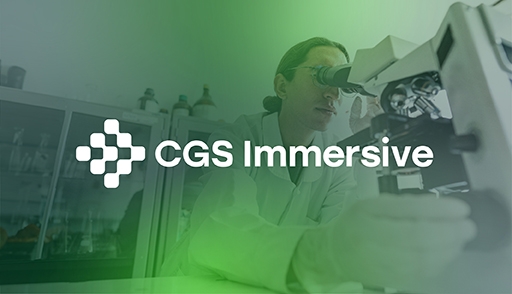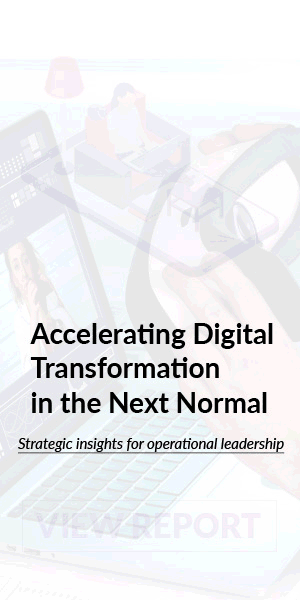Navigating the Talent Gap: Why Life Sciences Can’t Afford to Wait

Are you dealing with a Life Sciences talent gap? Is your team struggling to keep pace with rapid innovation in the industry? You’re not alone.63%of employers cite workforce capability as their #1 barrier to business transformation (World Economic Forum, 2025).
This isn’t just an HR issue.Skill gaps in Life Sciences mean delayed product launches, compliance risk, and lost revenue. The human/soft skills gap alone costs the U.S. $160 billion annually.
What is the hidden cost of ignoring the Life Sciences talent gap?
For a Life Sciences organization, an undertrained sales team can delay a new drug launch. A technician who isn't fully proficient with a new medical device can introduce quality control issues.
These aren’t just inefficiencies; they directly impact patient safety and your bottom line. And they fuel talent drain: 94% of employees say they’d stay longer if their company invested in their development (LinkedIn, 2025).
Think about a new sales rep in a complex territory, tasked with discussing a new indication with a skeptical HCP, or a clinical research associate needing to monitor a trial under a new, complex protocol. These are the real-world, high-stakes scenarios where a Life Sciences talent gap becomes a major risk. Traditional training often lacks the practical application needed for these pivotal moments, leaving your teams unprepared when it matters most.
How are Life Sciences leaders closing the talent gap:
Leading organizations are moving beyond generic training to strategic, data-driven solutions that build specific, measurable skills. This requires a three-pronged approach:
- Strategic needs analysis: Your transformation starts with identifying where your skill gaps are and which skills are critical for your growth. Our Transformation Services provide this precise blueprint.
- AI-Powered roleplay (Cicero): For complex sales and compliance scenarios, this solution provides a safe, repeatable environment for your teams to practice difficult conversations and handle objections with confidence.
- AR-guided learning (TeamworkAR): For technical and procedural tasks, this provides on-the-job, just-in-time support, ensuring precision and accelerating proficiency.
This isn't just about training - it’s about building a dynamic and resilient organization. By providing your teams with hands-on practice in a safe environment, you’re not just transferring knowledge; you’re building confidence and competence. This shift from passive learning to active engagement is key to staying ahead in a fast-paced market. CGS Immersive and our approach to Life Sciences L&D support you in achieving this goal.
Immersive learning & development case study
A top-10 MedTech company reduced onboarding time by 30% and improved compliance pass rates by 40% after deploying immersive, AI-powered simulations. This is the kind of impact you can achieve.
Learn more about how CGS Immersive has supported countless businesses and organizations like yours navigate the talent gap by viewing our case studies.
Ready to close your organization’s Life Sciences skill gap?
The talent gap in Life Sciences isn't a future threat, it's a current reality with measurable costs and real-world consequences. As innovation accelerates, the organizations that will lead are those investing in their people today, not tomorrow.
By embracing immersive, practical, and data-driven development solutions, you’re not only closing these Life Sciences talent gaps, you’re empowering your teams to perform when it matters most.
Don’t let inaction be your biggest risk.
Learn more by downloading our Immersive Learning for Life Sciences guide.
Next Up: Improve compliance in Life Sciences from 5% to 70%: How leaders go beyond checkbox training.

